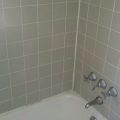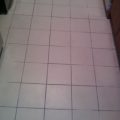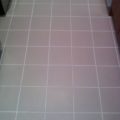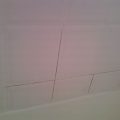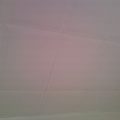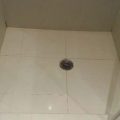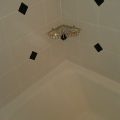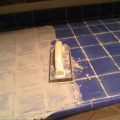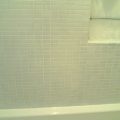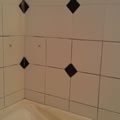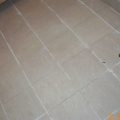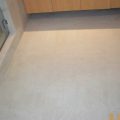Ceramic Tiles on Wall after Regrouting & Recaulking
All surfaces and equipment in the bathroom inevitably come into contact with water. We mean not only the direct impact of water jets, but also steam and condensate, accumulating on ceiling, walls and furniture. Of course, furniture materials, plumbing and interior items in the bathroom are usually made of moisture-resistant materials, so the increased humidity does not affect their condition in any way.
However, even in the most well-equipped bathroom there are spots that must protect ourselves from the effects of moisture. First of all, these are the joints between different elements (for example, interlining, the gap between tub and wall, connections between parts of water pipes, etc.).
In recent years for these purposes, a sealants such as caulk on silicone are used. It is a modern sealing and gluing agent with a whole range of useful properties.
The presence of silicone in the sealant ensures its quality, such as elasticity. Therefore, even after it sets, the joining elements remain movable. Sealants are made from silicon therefore, despite the high degree of viscosity and elasticity, after hardening the composition becomes very strong.
The silicone based sealant can be used to connect elements from a wide variety of materials. It interacts equally well with marble, granite, ceramic, rubber, plastic, wood, glass, etc. After hardening, the silicone sealant turns into a strong coating, resistant to effects of various cleaning agents, including those containing aggressive chemicals.
Most of the silicone sealants contain fungicidal additives that prevent appearance of mold and insects.
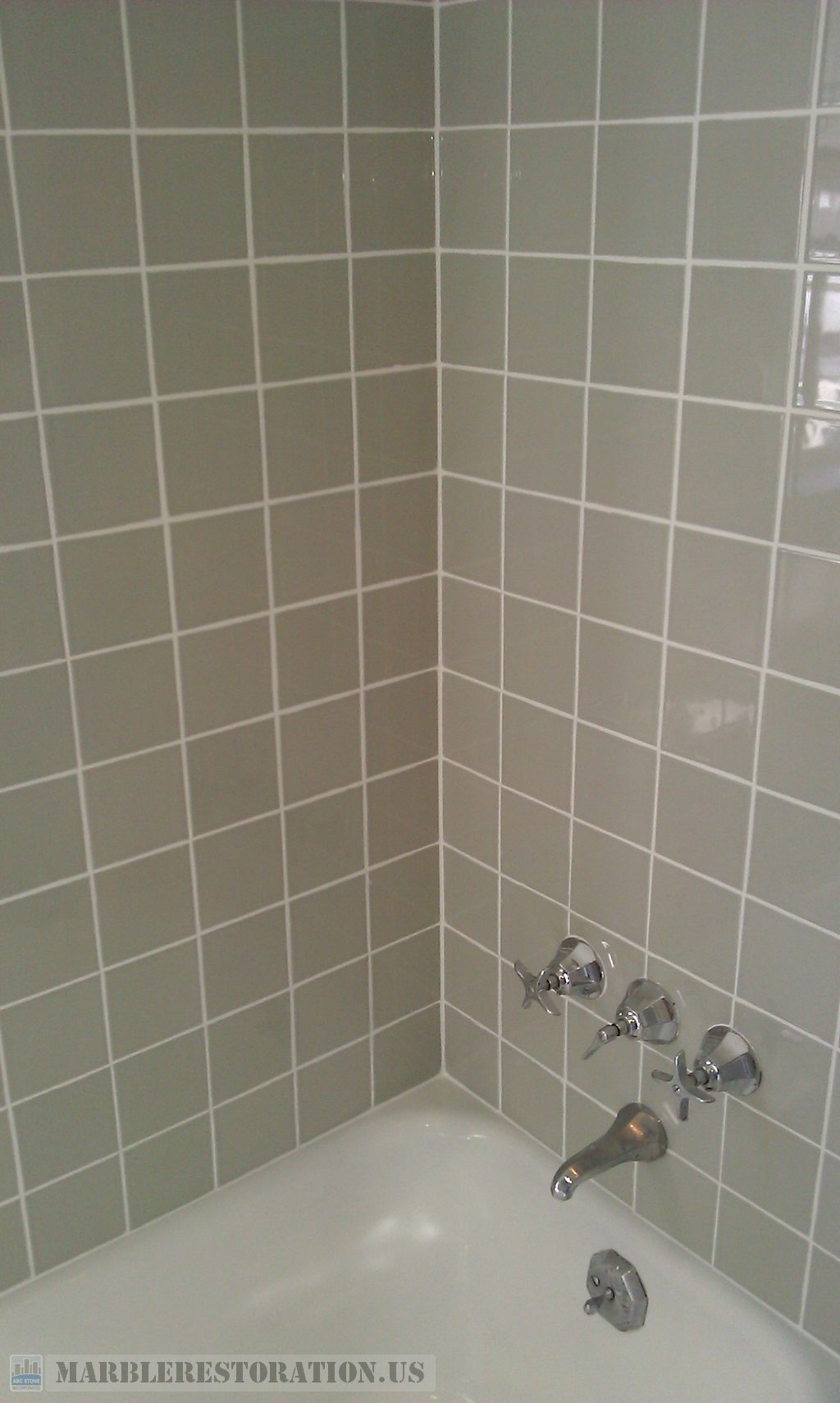
Submit Your Order or Ask a Question :
You'll get a response within a few minutes or hours and usually not longer than 24 hours.

